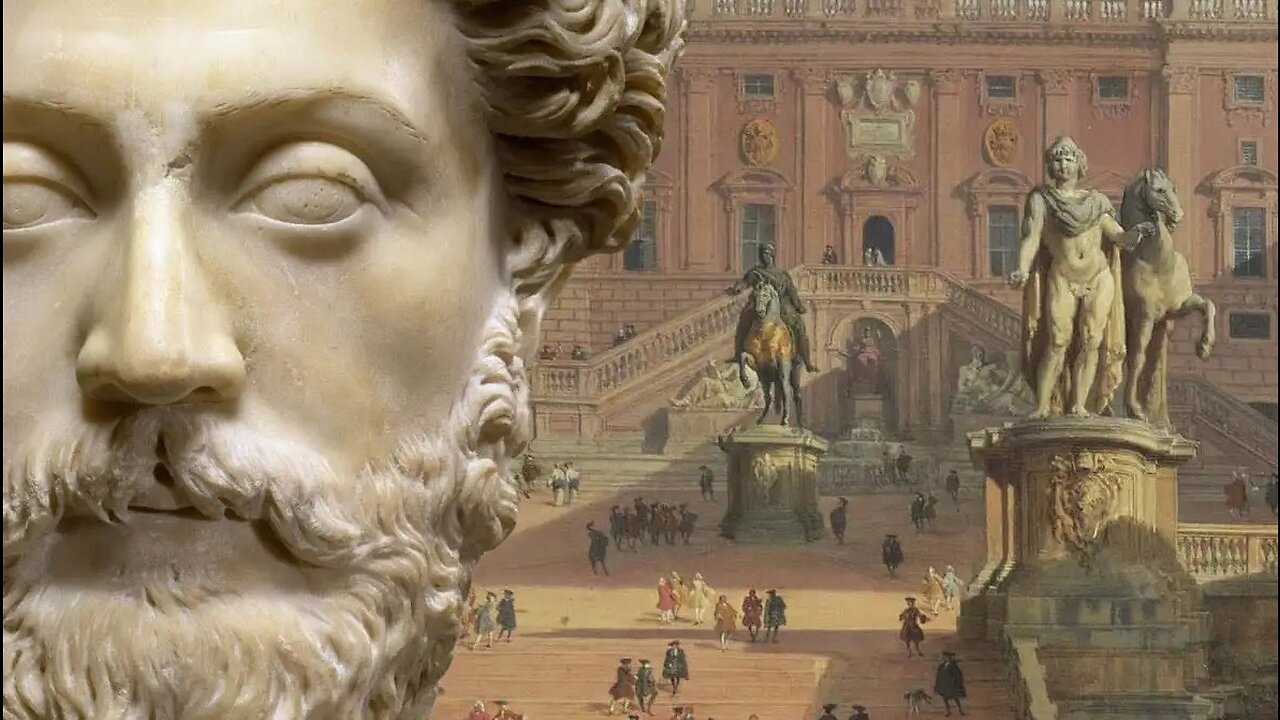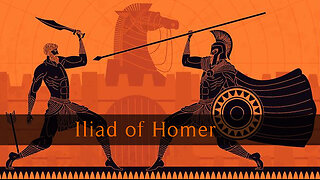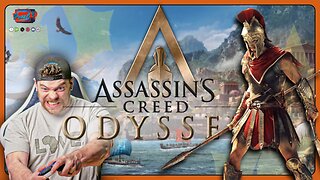Premium Only Content

Emperors of Rome | The Shape of Roman Imperial History (Lecture 1)
36 lectures, 30 minutes/lecture
Taught by Garrett G. Fagan, Ph.D.
Associate Professor of Classics and Ancient Mediterranean Studies and History
The Pennsylvania State University
It has been claimed that the Roman emperors were the most powerful people who ever lived. At their height, they presided over a realm with footholds on three continents and a population of some 60 million souls. They had at their fingertips the wealth and resources of some of the richest lands on Earth. This course examines these emperors in all their fascinating diversity, from the enlightened and conscientious to the feckless and deranged.
The course is essentially a series of biographic portraits, from Augustus, Julius Caesar’s grandnephew, to Constantine, who, in my view, was the last Roman emperor and the first medieval monarch. Along the way we will see what sort of men these emperors were. What background and training, if any, prepared them
for their awesome responsibilities? What achievements can they claim? What depravities did they display? As the course progresses, we will also come to see the strengths and weaknesses of the available historical source-how reliable they are and how skeptical we must be of many of them. We proceed chronologically and examine emperors by successive dynasty. When dynasties fail, we look at the main players in the civil wars fought to sort out who would found the next dynasty.
Aside from such issues as these, four other matters will command our attention in varying degrees as we proceed. First, what was the role of imperial women at court? From what source did they draw their power? How did they exercise that power? Second, what was the relationship of the emperor to different groups in Roman society: to the city of Rome, the provinces, the Senate, the people, and the army? How was the empire run, and what was the role of the emperor in that system? Third, linked to the second, what was the shape of the political and social system that gave the emperor his position of dominance? Finally, any serious student of history requires, at the very least, notification of where the main scholarly debates lie in a given field of study. I draw attention to some of these debates as we go along.
Lecture 1: The republican era of Rome dates from 509 to 31 B.C., and the most momentous and violent political upheavals in Roman history took place toward the end of that period. This course focuses on what came next, the rule of the emperors from Augustus to Constantine. These lectures are, essentially, a series of biographic portraits, sometimes encompassing towering achievement and progress and other times taking us into some of the darkest recesses of the human condition.
After discussing an overview of the course and defining the term Roman imperial history, we will survey the ancient sources available for a study of Rome’s emperors: literary works, official inscriptions, physical remains of structures erected by emperors, and coins stamped with official messages of the emperors. While each source has its strengths and weaknesses, each of them also sheds light, in its own way, on this most intriguing and significant time in human history.
Essential Reading:
Crawford, Sources for Ancient History.
Supplementary Reading:
Biers, Art, Artefacts and Chronology.
Bodel, Epigraphic Evidence.
Finley, Evidence and Models.
Oxford Classical Dictionary, 3rd ed. (for information about individual ancient authors).
-
 30:59
30:59
The Great Courses
8 days agoThe Iliad of Homer | The Homeric Question (Lecture 2)
95 -
 LIVE
LIVE
Game On!
13 hours agoAntonio Brown was RIGHT! Rodgers signing with Steelers is IMMINENT!
2,777 watching -
 10:18
10:18
Friday Beers
12 hours agoWe Became the Highest Paid Street Performers in Los Angeles
10.1K10 -
 19:01
19:01
World2Briggs
11 hours ago $3.40 earnedMove Here Before It’s Too Late! 10 Future Boomtowns in the U.S.
15.3K3 -
 8:50
8:50
The Rad Factory
17 hours ago $3.08 earnedShifter Kart on Snow Tracks Rips City Streets
11K10 -
 DVR
DVR
Wahzdee
3 hours agoPUBG is 8 Years Old & Still Beats Every Other BR 🤷♂️🎯
15.1K4 -
 LIVE
LIVE
PudgeTV
8 hours ago🟠 Gaming on Rumble | Assassins Creed: Odyssey
247 watching -
 7:12
7:12
MichaelMotamedi
18 hours ago $0.94 earnedInside the Sacred World of Rastafarian Food
13.4K4 -
 11:24
11:24
LFA TV
1 day agoARTIFICIAL INTELLIGENCE SAYS J6 JUDGES ARE CORRUPT!
13.8K5 -
 9:02
9:02
ARFCOM News
16 hours ago $1.63 earnedTrump Fixes Concealed Carry | Time Travelling Judge | DoJ Goes After CA Infringements
19.3K3